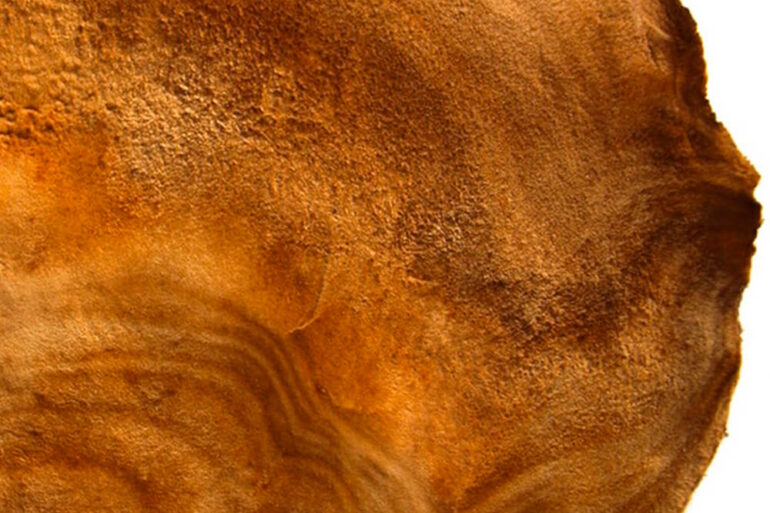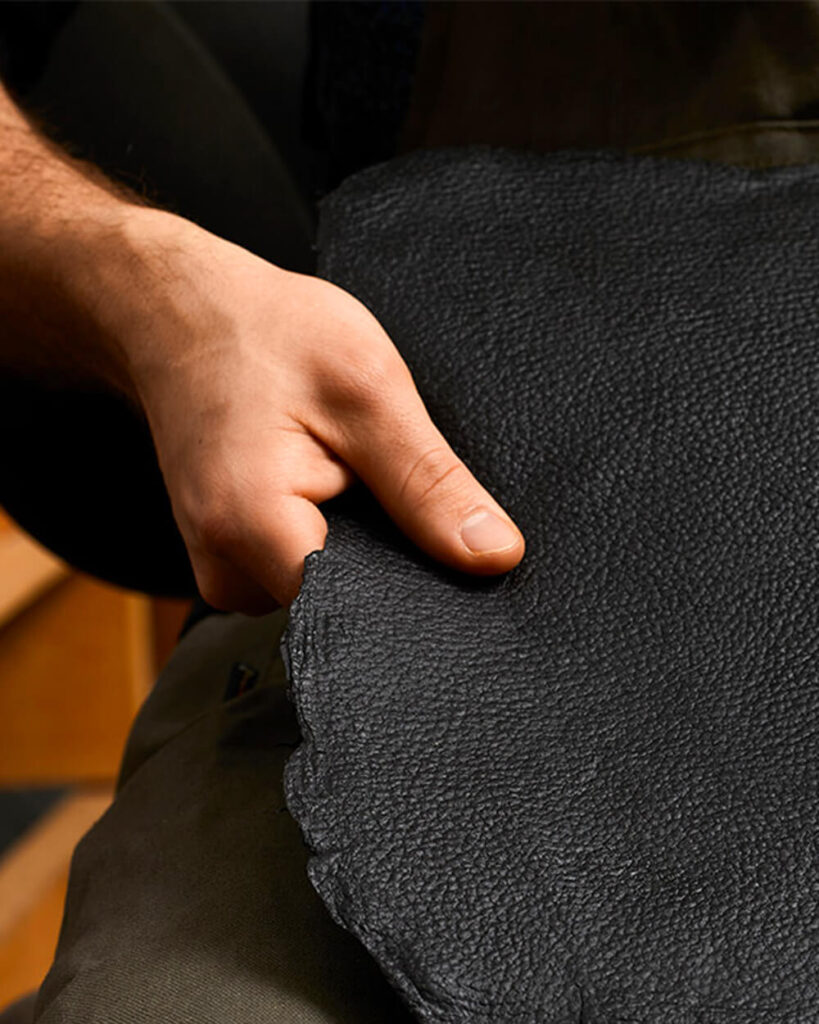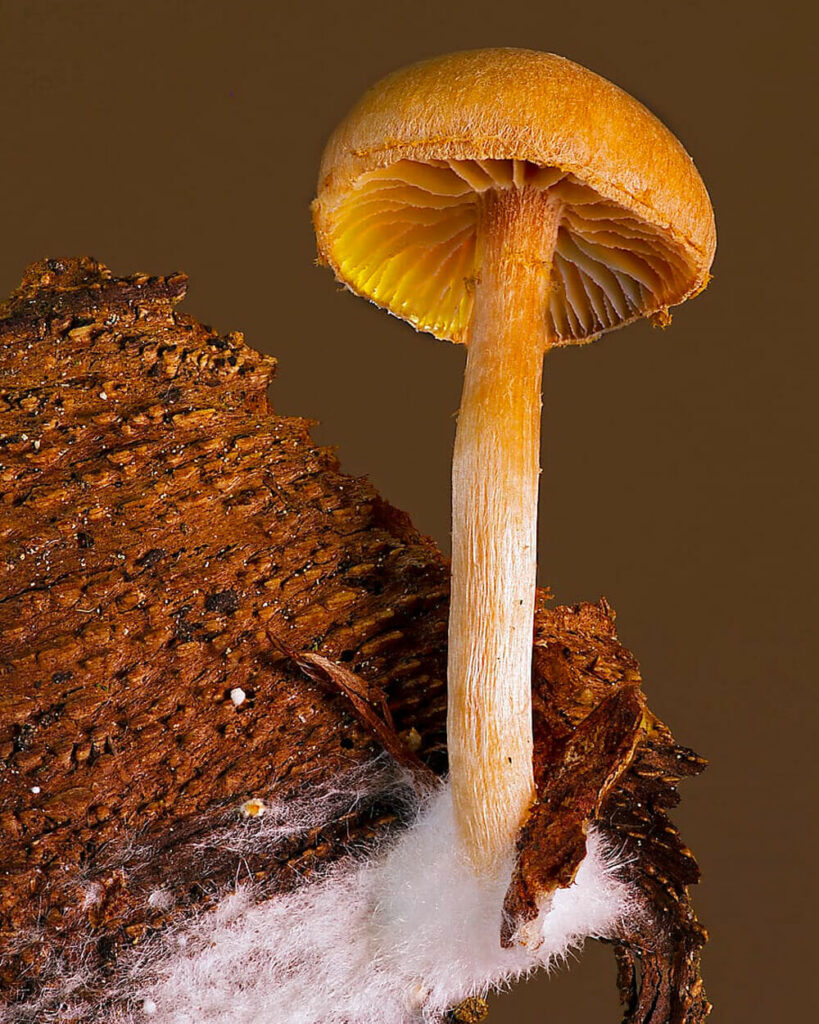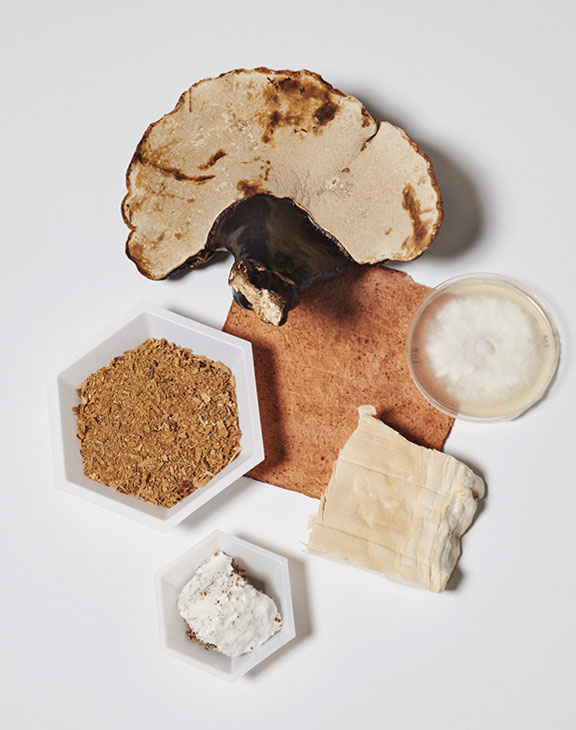
In the world of fashion there is always something new and new innovation. The proof is stated in the title above. Now there are new innovations from the type of leather made from mushrooms. Mushroom leatheriIs more than a sustainable alternative to animal leather. In fact animal leather are the most purchased product in the world and a key part of an $80 billion industry. However, in making animal leather requires materials that are widely criticized by animal rights activists, environmentalists, and even fashion designers.
Fortunately, mushroom peels have the answers to all these problems and below you will see why.
What is mushroon leather?
First, let’s start with the meaning. Mushroom leather is a vegan friendly material that is used as a sustainable and eco-friendly alternative to animal leather. Mushroom leather is made of mycelium, the vegetative part of the fungus. A fungus (or fungi-plural) is any member of the group of eukaryotic organisms. Eukaryotic organisms include microorganisms such as mold and yeast, as well as molds.
Mushroom Uniqueness
Mushrooms are well known for their amazing benefits for the immune system, protection against cancer and even slowing down the aging process. But the unique characteristics of mushrooms carry their uses beyond food, and recently, a certain type of mushroom has taken the fashion world by storm. Today, in the fashion industry, mushrooms are seen as one of the most sustainable materials to work with.
How is Mushroom Leather Made?
The process of making mushroom shells begins with selecting and moisturizing the right substrate. Substrate is the material used by fungi as food and a place to grow. The most common substrates are wood chips, straw, corn, and any material on which mold can stick and grow. Then, the substrate is moistened, put in a bag and pasteurized. This process kills nuisance bacteria, so the mycelium growth process is easier and faster.
How Long Does it Take to Grow Mushroom Leather?
After the mycelium appears, it is put in a pouch. Inside the pouch, the fungus begins to colonize the compound. From this point on, the manufacture of mycelium shells requires only time and a little attention. The growing process takes between two to three weeks and depends on several factors such as the type of fungus, the type of substrate used, the amount of sunlight, humidity levels and ventilation. When the mycelium mass reaches the desired size, the mycelium is removed completely from the bag and compressed to get the desired shape and size.
Can You Make Different Kinds of Mushroom Fabric?
Currently, there are several ways to make mushroom leather. For example, during the compression procedure, the manufacturer may change the texture and color of the material. By adding dye or changing the shape of the press, the result can look and feel like the leather of any animal, from cowhide to crocodile and python leather. Finally, the mushroom leather is dried and ready to use. In addition, this technique is improved and improved every day.
How Sustainable is Mushroom Leather?
The process of making mushroom shells is in accordance with the spirit of circular economy and is completely sustainable. This natural fiber is biodegradable at the end of its life cycle. In addition, in this process, organic waste streams, such as agricultural waste, are valued. In addition, this type of leather alternative can reduce the need for the animal husbandry industry, a leading supplier of animal leather for fashion.
One of the attractive properties of mushroom peel comes from its positive environmental impact. The positive impact goes beyond the replacement of animal leather and synthetic leather, such as tackling the problem of plastic pollution.
Mushroom Leather is Closed-Loop
Mushroom leather production is entirely closed-loop. Closed-loop manufacturing in fashion means that the used materials must come from post-consumer waste. Them these products are recycled, repurposed, and converted into eco-friendly products. In the making of mushroom leather, corn cobs, wood chips, and straw are post-consumer waste.
These discarded materials are mixed in with mushroom spawn to create mycelium, that later on is used to make vegan-friendly leather. Moreover, the waste resulting from the making of mushroom leather can be reused as a smoking product in beekeeping or as organic crop fertiliser. Overall, mushroom leather is an environmentally friendly material because it can be grown and produced without any polluting substances. And, at the end of its life, the material is completely biodegradable and compostable.



